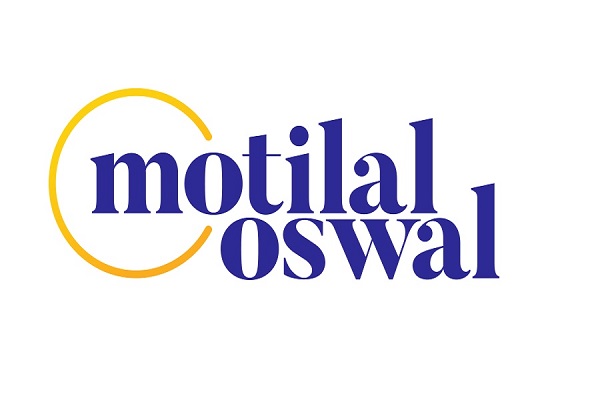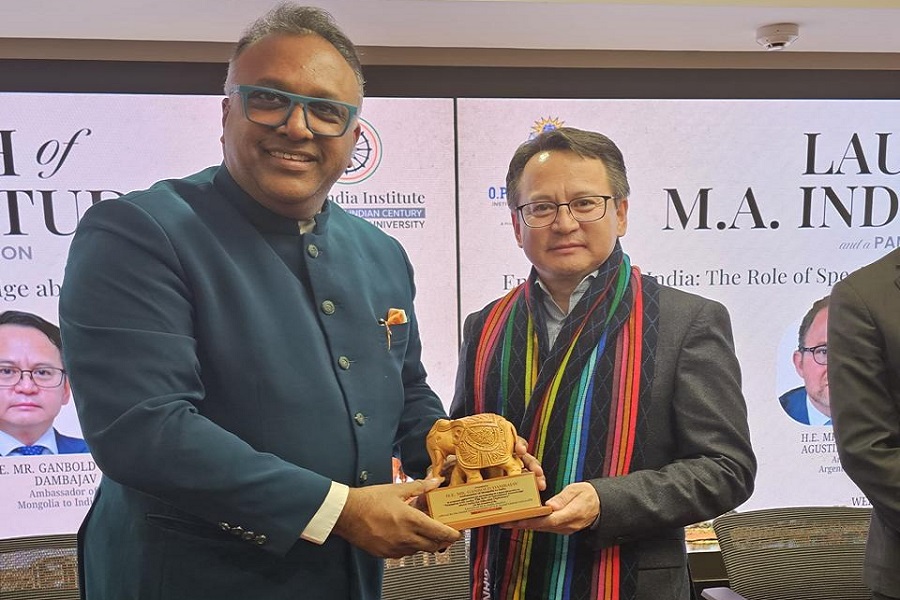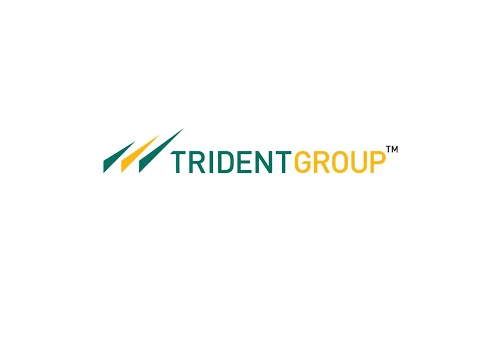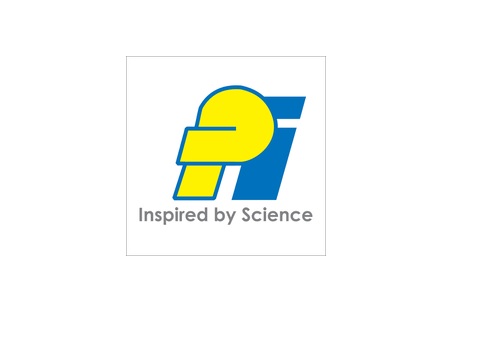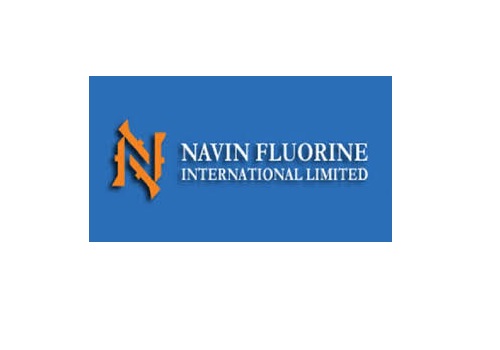Hold LIC Housing Finance Ltd For Target Rs.447 - ICICI Securities
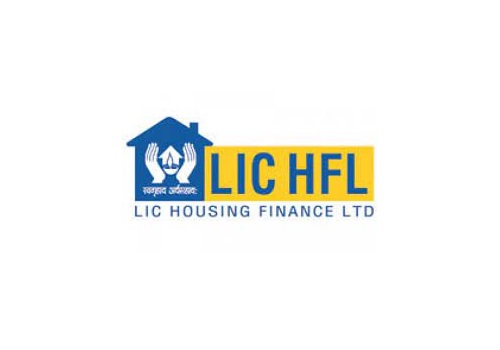
Volatility, uncertainty captured in valuations and underperformance
LIC Housing Finance’s (LICHF) Q2FY22 performance once again exhibited volatility. This quarter, it was due to erratic NIM movement (down further 20bps to 2%) and retirement benefit provisions of Rs470mn. Else, asset quality and growth was encouraging: 1) Stage-2&3 improved 100bps / 80bps to 4.42% / 5.14% respectively. Incremental OTR 2.0 restructuring too was capped at <1%. 2) Provisioning coverage was enhanced by 10pps to 43%. 3) Individual home loan disbursements growth of 38% YoY / 87% QoQ supported segmental portfolio growth of 15% and overall loanbook growth of 11%. Management’s clarification suggests NIMs have set a new base of 2.0% and will graduate, ceteris paribus, to 2.2% as and when restructured portfolio progresses out of OTR. Ageing of restructured and stress pools will call for higher provisioning. We cumulatively estimate credit cost of 1.2% over the next 6 quarters. Consequent, sharp earnings revision knocks down book value by 4% for FY23E. We had earlier downgraded the stock to Hold expecting this volatility and uncertainty. Preferential issue to LIC shores up CAR towards minimum regulatory and growth capital. As the current valuation at 0.8x FY23E captures these concerns and the outlook appears upbeat, we now upgrade LICFH to ADD with a revised target price of Rs447 (earlier: Rs435) assigning 0.95x FY23E book.
* NIM behaviour erratic; attributed to interest reversals on OTR pool: Over and above the 40bps decline in Q1FY22 to 2.2%, NIMs further dropped 20bps to 2.0% in Q2. This was primarily attributable to interest reversal of Rs2.5bn on OTR pool of Rs73bn. In Q1FY22 too, there were interest reversals of Rs1.16bn (interest on 3 months on OTR pool of Rs52bn). Hence, incremental impact in Q2FY22 was Rs1.35bn (implying 22bps). This suggests NIMs have set a new base of 2.0% and will graduate, ceteris paribus, to 2.2% as and when restructured portfolio progresses out of OTR. Overall, core spreads have improved from 1.92% in Q1FY22 to 1.96% for H1FY22. Incremental cost of funds for Q2FY22 was 4.9% compared to the weighted average cost of borrowing, which improved to 6.76% (from 6.88% in Q1FY22). Further, Rs230bn of bond redemption in the next 6 months and its refinancing at lower cost will support funding cost. With 20bps correction in NIMs, net interest income was down 8% QoQ. We now expect NIMs to stabilise at 2.1% (against earlier estimate of 2.3-2.4%).
* Stress pool moderates; stage-3 assets improve 80bps and stage-2 pool 100bps: Collection efficiency in Sep’21 for regular customers improved to 99% (vs 98% in Jun’21, Mar’21 and Dec’20). Stage-3 assets thereby came off from 5.93% to 5.14% QoQ (in absolute terms, it was down almost Rs15bn). Individual home loan stage-3 improved to 2.25% (Rs42.4bn) from 2.6% QoQ, Individual non-home loan stage 3 improved to 15%, while stress in the developer portfolio was stable at 23.9%. Stage-2 has moderated 100bps QoQ to 4.42% from 5.38%. Corporate advances stage-2 is down from Rs24.0bn to Rs15.5bn. Management sounded confident of an improving trajectory in the coming quarters with normalisation of activity levels. 80% of customers who had opted for moratorium in CY2020 are now paying regularly.
* Less than 1% OTR 2.0 restructuring caps overall restructuring at 3.1%: LICHF further restructured Rs21.8bn under OTR 2.0 (30% of corporate loans). Company has provided 12-24 months tenure extension under the restructured terms. OTR accounts are either in stage-1 or stage-2, but primarily in stage-1 (only minor overlap with stage-3 as discussed above). Excess provision on the restructured pool is appropriated out of P&L account into impairment reserves.
* Ageing of restructured and stress pool will call for higher provisioning: Positively, ECL provision was enhanced from Rs47.3bn to Rs53.5bn and that too largely towards improving coverage by 989bp on stage-3 pool back to 43%. Credit cost during the quarter was elevated at 110bps due to specific provisioning on stage-3 assets. Nevertheless, coverage on stage-2 is just 19bps and on stage-1 2bps. Company carries covid provisions of Rs3.14bn (<15bps of advances). Provisioning buffer of 2.2% seems too little against the stress pool (stage 2&3) of 8.1% and restructuring of 3.1%. Besides, provision on restructured assets are transferred to impairment reserves as impairment allowance under Ind-AS is lower than IRAC provisioning requirement. Management indicated adequacy of provisions on the existing stress pool. However, ageing of restructured and stress pools may call for higher provisioning. We are building-in credit costs of 1.0% and 0.7% for FY22E and FY23E respectively.
* Actively pursuing growth opportunities with competitive offerings: Individual home loan disbursements witnessed sharp uptick (38% YoY / 87% QoQ to Rs143bn). This, coupled with project loan disbursements of Rs3.5bn and individual non-home disbursements, led to overall disbursements of Rs161.bn (growth of 30% YoY / 86% QoQ). This supported individual home loan portfolio growth of 15% and overall loanbook growth of 11% to Rs2.38trn. Repayment rate, which was lower than average in Q1 due to lower collections, has normalised to its recent quarters average at 4.7%. A few specific nuances that lend comfort on sustainability and better risk profile: 1) typical profile is superior quality customer in prime CIBIL score; 2) 75% of individual home loan portfolio is towards salaried class; 3) affordable housing constitutes a significant part of incremental disbursements; 4) new innovative launches – Griha Varishtha, digitisation, tie-up with IPBB and special scheme for better credit customers – should aid growth; 5) BT (out) rate is only 1.0-1.5% suggesting that it is equally competitive. LICHF continues to be relatively cautious on LAP / developer loans, which now forms just 6% the overall book. As real estate sentiment improves on the back of stable to discounted property prices, the company will participate in financing demand through attractive rate offerings. We expect disbursement growth of 26%/33% over FY22E/FY23E and loan growth of 13%/17% during the same period.
* Employee cost inflated by one-time cost; H1FY22 employee cost now higher than FY21: In a steady state, management had guided for an average quarterly employee cost of Rs900mn-950mn. However, employee cost for Q2FY22 too was elevated at Rs1.47bn due retirement benefits provisions of Rs470mn based on actuarial valuation. Employee cost for H1FY22 now stands at Rs3.6bn, which is more than 20% of full year FY21 employee cost. As aresult, we estimate opex as a percentage of AUM at 40bps/31bps for FY22E/FY23E respectively vs 33bps in FY21.
* Undertaking initiatives to boost growth and strengthen its positioning: LICHF and Indian Post Payments Bank (IPPB) have entered into a strategic partnership for providing home loan products to over 45mn customers of IPPB. As part of the MoU, LICHF will handle all home loans related credit underwriting, processing, and disbursement while IPPB will be responsible for sourcing. The strategic MoU with IPPB will help LICHF to further deepen its market penetration and enable it to increase its long-term growth potential from tier-2 markets and beyond. Moreover, in an attempt to boost growth and offer competitive rates in line with peers, LICHF has extended its lowest home loan rates of 6.66% for loans up to Rs20mn for all borrowers having CIBIL score of 700 and more irrespective of salaried or professional / self-employed. This is a limited time period offer wherein loans sanctioned between 22nd Sep’21 to 30th Nov’21 will be eligible provided the first disbursement is availed on or before 31st Dec’21.
To Read Complete Report & Disclaimer Click Here
For More ICICI Securities Disclaimer https://www.icicisecurities.com/AboutUs.aspx?About=7
Above views are of the author and not of the website kindly read disclaimer
